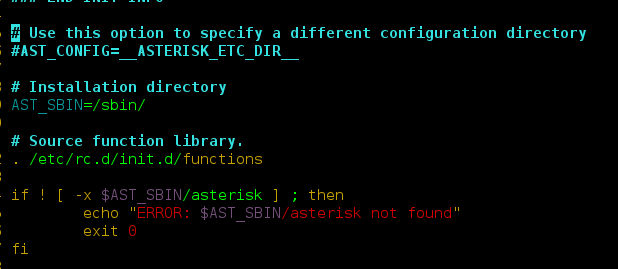In this article, we are going to see how to set the visible property of a Path using Fabric.js. The Path in Fabric.js is movable and can be stretched according to requirements. Further, the Path can be customized when it comes to initial stroke color, height, width, fill color, or stroke width.
To make it possible we are going to use a JavaScript library called Fabric.js. After importing the library, we will create a canvas block in the body tag that will contain the path. After this, we will initialize instances of Canvas and Path provided by Fabric.js and use the visible property to toggle visibility and render the canvas path.
Syntax:
fabric.Path('path', {
visible: Boolean
});
Parameters: This function accepts a single parameter as mentioned above and described below.
- visible: It specifies the visibility of the object. It contains a boolean value. When it is set to ‘false’, then the object is not rendered.
Below example illustrates the use of Fabric.js Path visible property in JavaScript.
Example:
HTML
<!DOCTYPE html> <html> <head> <!-- FabricJS CDN --> <script src= </script> </head> <body> <div style="text-align: center;width: 400px;"> <h1 style="color: green;"> neveropen </h1> <b> Fabric.js | Path visible Property </b> </div> <div style="text-align: center;"> <canvas id="canvas" width="400" height="200" style="border:1px solid green;"> </canvas> </div> <script> // Initiate a Canvas instance var canvas = new fabric.Canvas("canvas"); var geek = new fabric.Path('M 0 0 L 100 100 L 0 100 z', { fill: 'green', visible: false }); canvas.add(geek); </script> </body> </html> |
Output:
When the Fabric.js Path visible property is set to true in the above code, it displays the following output.






